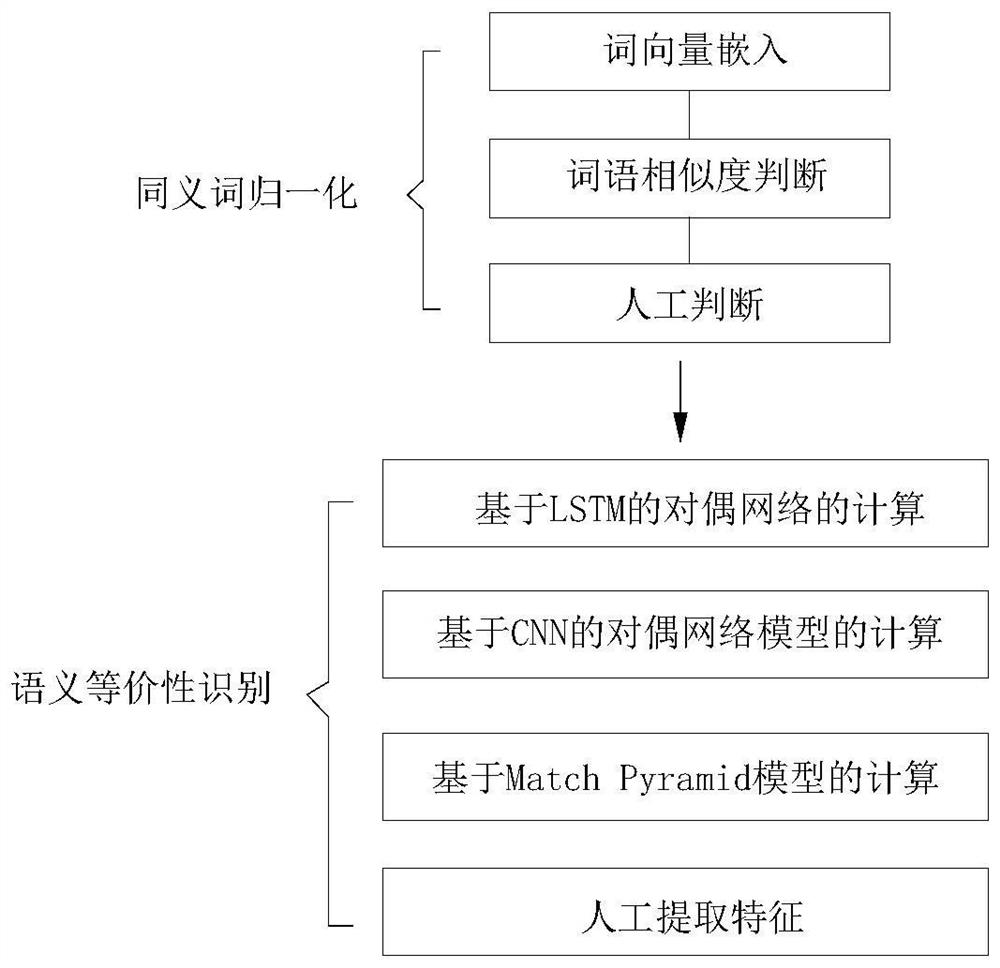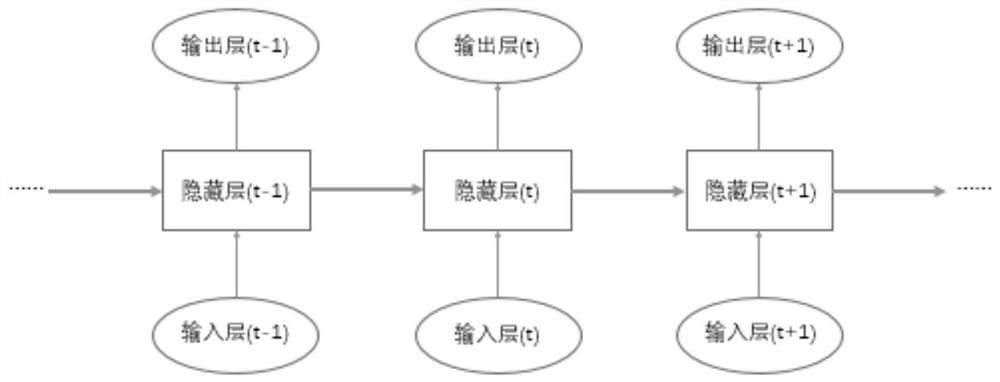A method of problem equivalence discrimination based on semi-supervised learning combined with ensemble learning
A semi-supervised learning and integrated learning technology, applied in the field of valence discrimination, can solve problems such as the difficulty of exhausting the possibility of synonyms, the difficulty of describing the equivalence/inequality of problems, and the difficulty of incorporating prior knowledge
- Summary
- Abstract
- Description
- Claims
- Application Information
AI Technical Summary
Problems solved by technology
Method used
Image
Examples
Embodiment Construction
[0033]The invention will be described below in conjunction with the drawings, in the present embodiment, the present embodiment gives a detailed embodiment and the specific operation process, but the scope of the invention is not limited to this Embodiment.
[0034]The following prior explanation is simple to explain to the professional terminology that may be involved in the examples:
[0035]Question and other malicious discriminant: equivalent problem is the problem of intention and semantic average. The problem equivalent is discriminated to judge whether the two issues are equivalent to the two issues from a given issue.
[0036]Word Embedding: Word Embedding is a series of natural language processing techniques used in language models and feature extractions. This technology converts words, words, or phrases into a series of vector or real numbers. Word Embedding is widely used in NLP tasks, such as word, syntax analysis, name entity identification, and the like.
[0037]SIAMESE NETWORK: ...
PUM
 Login to View More
Login to View More Abstract
Description
Claims
Application Information
 Login to View More
Login to View More - R&D
- Intellectual Property
- Life Sciences
- Materials
- Tech Scout
- Unparalleled Data Quality
- Higher Quality Content
- 60% Fewer Hallucinations
Browse by: Latest US Patents, China's latest patents, Technical Efficacy Thesaurus, Application Domain, Technology Topic, Popular Technical Reports.
© 2025 PatSnap. All rights reserved.Legal|Privacy policy|Modern Slavery Act Transparency Statement|Sitemap|About US| Contact US: help@patsnap.com


